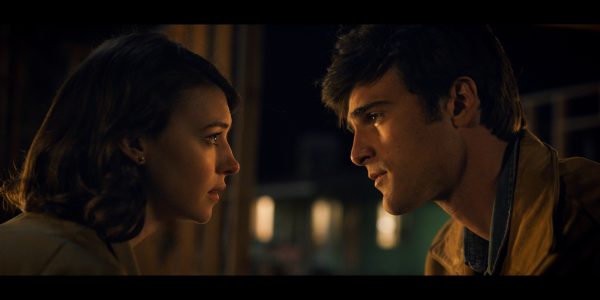
The Hermosa Beach Planning Commission signaled tentative approval last week of a plan to collect expanded information from public safety agencies, including information about where people arrested on suspicion of public intoxication and driving under the influence had their last drink.
The decision came as part of recommended changes to the conditional use permit review process, in which the commission examines businesses throughout the city to monitor their compliance with conditions of operation. The commission’s recommendation will eventually go before the City Council. If approved, it would mean changes to the information that is presented to commissioners during the review process.
However, Community Development Director Ken Robertson cautioned that the added information about the last place someone was served would not be part of the point “matrix” that determines whether a use permit is to be reviewed. The process now consists of an objective, point-based calculation, with certain criteria triggering the start of the permit review or revocation process.
“The intent of gathering this information is to see patterns, to see if there is an establishment or group of establishments having a problem. We don’t intend to use this data the way we do others, where it’s we link it to thresholds or it leads to review,” Robertson said.
But Commissioner Peter Hoffman wondered why, if the data was not to be formally part of the permit review decision, it would be included at all. And hospitality business owners were concerned that the presence of the data during the review process could lead to a creeping use of it in decisions, concerns heightened by questions about the value of the data itself.
“This is neither reliable nor valid information to use for that kind of decision. When I tell someone we’re going to look at your CUP, that’s a really serious thing. They’re going to lawyer up, they’re going to come to us, and we can’t just say, ‘Well it seems to us…’ That’s why we went to the system we did,” Hoffman said.
Data about where intoxicated persons had their last drink suffer from a number of complications. Captain Milton McKinnon, of the Hermosa Beach Police Department, said that officers are instructed to ask the question now when out in the field, but that responses are not always reliable.
“What they say you may have to take with a grain of salt: I was drinking on Mars, I was drinking at one of the estabs down there, I was drinking at my house. But it is certainly information that might provide a better understanding of what’s going on,” McKinnon said.
Echoing other comments by McKinnon, Greg Newman, of Baja Sharkeez, noted that someone may be over the legal limit to drive, but not visibly intoxicated to the point that staff would need to cut the patron off or ask the patron to leave.
“I think it’s a little unfair to gauge us on what people do when they leave when they’re not obviously intoxicated in the establishment,” Newman said.
Following an incident last fall in which police officers were injured by allegedly intoxicated patrons of Pier Plaza taverns, public officials have increasingly urged the use of code enforcement to improve public safety, particularly in the city’s downtown. Following meetings with police, establishments have recently made voluntary changes to marketing and offerings.
Jeanette Osborn, the department’s crime analyst, said that so far in the year, the department had made about 30 DUI arrests, a significant decline from previous years, which police attribute to the growing popularity of ride-hailing services like Uber and Lyft. For public intoxication, Osborn estimated that more than 60 arrests had been made; many of these, she said, were attributable to Hermosa’s transient population.









